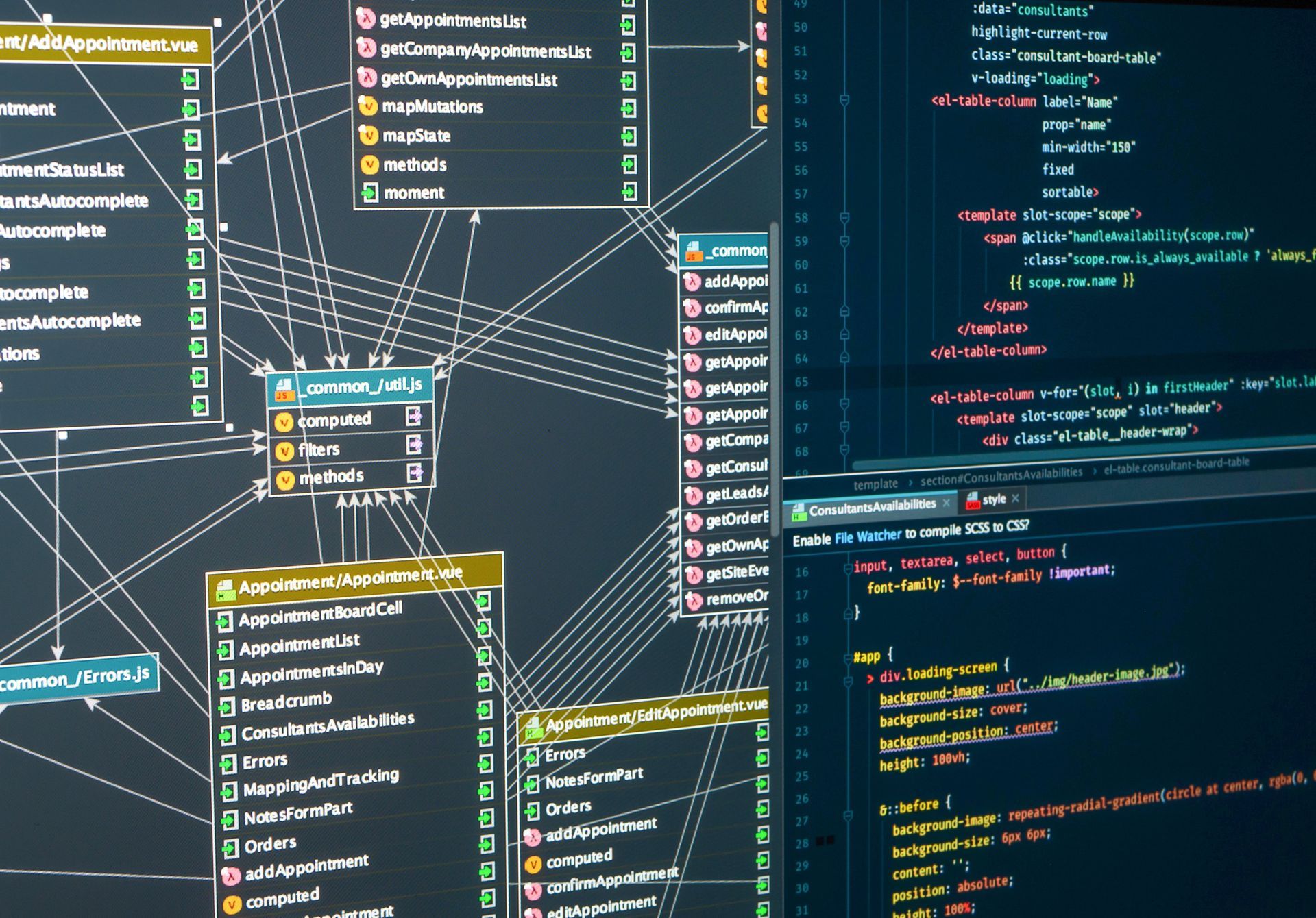Top 5 Differences Between OLTP and OLAP Systems

The tech world has graced us with the presence of plenty of excellent innovative solutions. Two of them: OLTP and OLAP will be part of the discussion in this guide. These are solutions that will bode well for your business. If you are handling data at large amounts, this will be a blessing.
However, there are differences between these two. We’ll explain what they are in this guide. Once you’re finished reading, you’ll have a good understanding of both systems and how they function. Let’s dive right into this list down below.
1. Purpose & focus
Let’s take a look at the purpose and focus on each of these solutions. OLTP or Online Transaction Processing systems will manage the day-to-day transaction of your business. They will handle them in a quick and efficient manner. Meanwhile, OLAP or Online Analytical Processing will handle the complex aspects of queries and data analysis.
OLAP is more of the brains behind an operation and handles the strategy planning, patterns, and insights within the transactional data. The OLTP is the provider of this data in particular.
2. Database design
Both OLTP and OLAP have slightly different designs regarding their database. OLTP will focus on increasing data integrity while reducing redundancy. It will ensure that the database is organized and clear. Meanwhile, OLAP will focus on speed over space. It will allow you to access the data you need fast.
What you’ll notice is that everything will look organized. And don’t forget, OLTP handles the easy while the OLAP handles the complex. Nothing more, nothing less.
3. Data updates
OLTP allows data to be updated constantly and consistently. It is done by way of various methods including insertions, modifications, and deletions. OLAP systems will perform updates when the data is stable and in bulk. Typically, they’ll get the job done during off-peak hours of the business day to ensure analysis that is deep and uninterrupted.
However, the occurrence of the updates in OLAP systems are periodic. Compare it to OLTP where the updates will be on a regular basis.
4. Transaction volume
OLTP systems handle a large amount of data in the form of short, fast transactions. Speed and efficiency is their bread and butter. OLAP on the other hand will handle fewer transactions - particularly when the transactions are larger and complex. Let’s compare these to roadways.
OLTP is like Main Street during rush hour with a lot of traffic. Meanwhile, OLAP is more of an interstate highway that can handle heavy loads and long hauls. And that is how they handle transactional volume in a nutshell.
At the end of the day, OLTP wins out when it comes to taking on handling a lot of data. Especially on days when business is truly booming and you get a ton of transactions. There is no busy day that won’t overwhelm an OLTP system. The more, the better.
5. User interface and accessibility - operational vs analyticals
Finally, let’s discuss this aspect. In OLTP systems, they use simple and user-friendly interfaces in their day-to-day operations. OLAP systems deal with complex querying for data analysis (surprise surprise). In this setup, think of it as using a software suite that provides you with plenty of extensive data reports and more.
Having said this, you have excellent solutions that will handle the necessary tasks - simple and complex. After all, it’s the digital age. There are so many solutions designed to do all the heavy lifting in terms of data analysis.
Bridging the gap between OLTP and OLAP
Now that we’ve taken a look at the differences, how can we bridge the gap between OLTP and OLAP. Here’s something you need to know: both of them are not mutually exclusive. But they can work together when it comes to the purpose of enterprise data management. Here’s how:
Data flow
The data flow starts with OLTP. That’s because they are collecting and storing the transactional data. After this, the data is soon transferred to the OLAP systems so it can be analyzed properly. The flow is seamless and you’ll be able to analyze data that is not only current but as accurate as possible.
Real-time analytics enhancements
OLTP data is collected in real-time, even in the way of advanced setups. The system will feed that data into OLAP systems - which in turn enables real-time analytics. It will allow businesses to make informed decisions fairly quickly based on the data available to you.
You can be able to operate your business with efficiency. Not only that, you’ll have the data on hand to strategize and execute. Who says data has to be boring? Especially when it can make things exciting when it comes to making the most critical decisions that will take your business to new heights.
Digital warehousing
Data warehouses serve as the “middleman” between OLTP and OLAP systems. What they do is consolidate the data from OLTP sources. It’s processed and organized so it can be organized by OLAP systems. A data warehouse will serve as a central repository that will allow accessibility, consistency, and reliability of data that will be analyzed.
Data governance and quality
When OLTP and OLAP systems interact, it can make data governance and quality stronger. The data originating from OLTP is transferred from OLAP. The latter will analyze for inconsistencies, errors, and duplications. You will be able to follow the regulations that you need to comply with regarding data regulation and handling.
Oamii Tech can help with OLTP and OLAP systems
If you are looking for ways to make OLTP and OLAP systems work for you,
Oamii Tech can help. We have experts that have worked with cloud systems, database management systems, and so much more. Whether it’s a small business or something bigger, we know a thing or two about the data systems that will make things easier for you.
Are you ready to see if OLTP and OLAP systems are the best solutions for your business? Contact Oamii Tech today and we’ll get you on the right path.
Disclaimer: The information on this website and blog is for general informational purposes only and is not professional advice. We make no guarantees of accuracy or completeness. We disclaim all liability for errors, omissions, or reliance on this content. Always consult a qualified professional for specific guidance.






